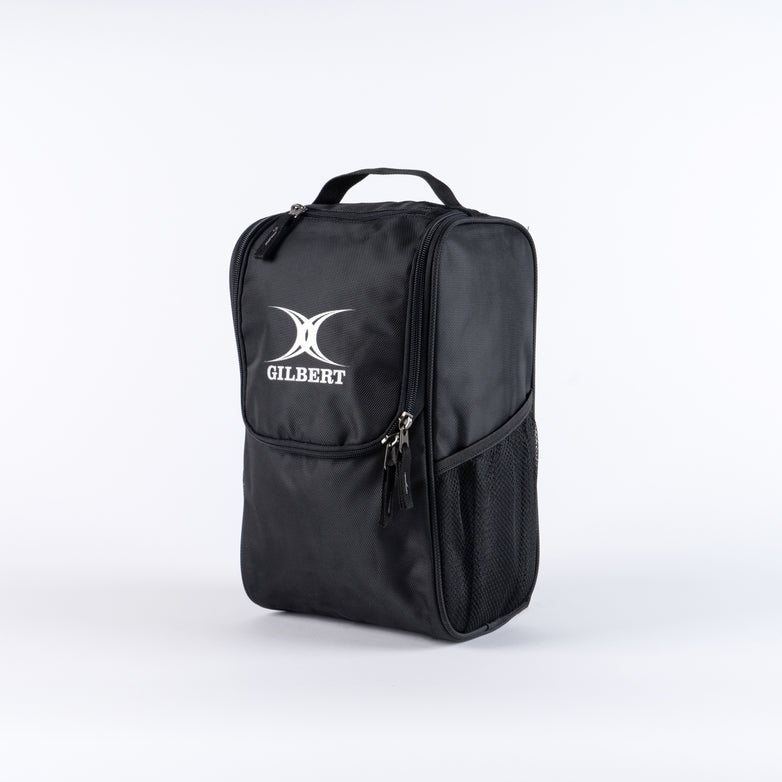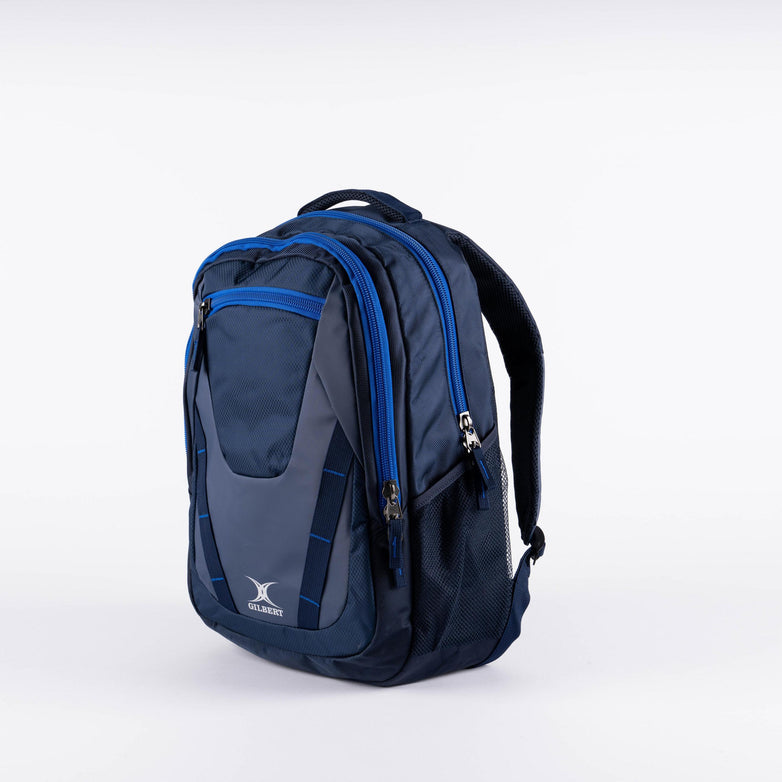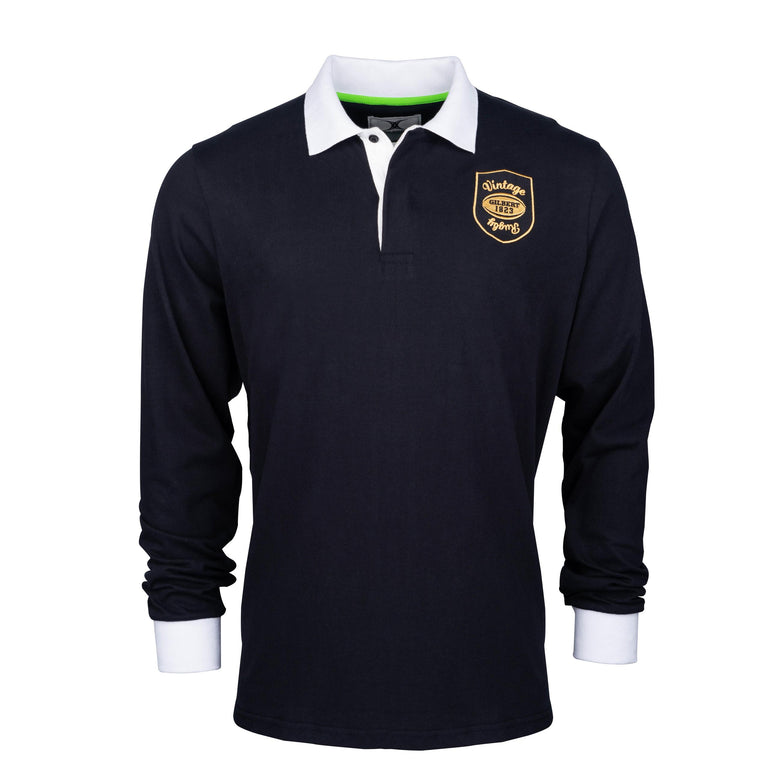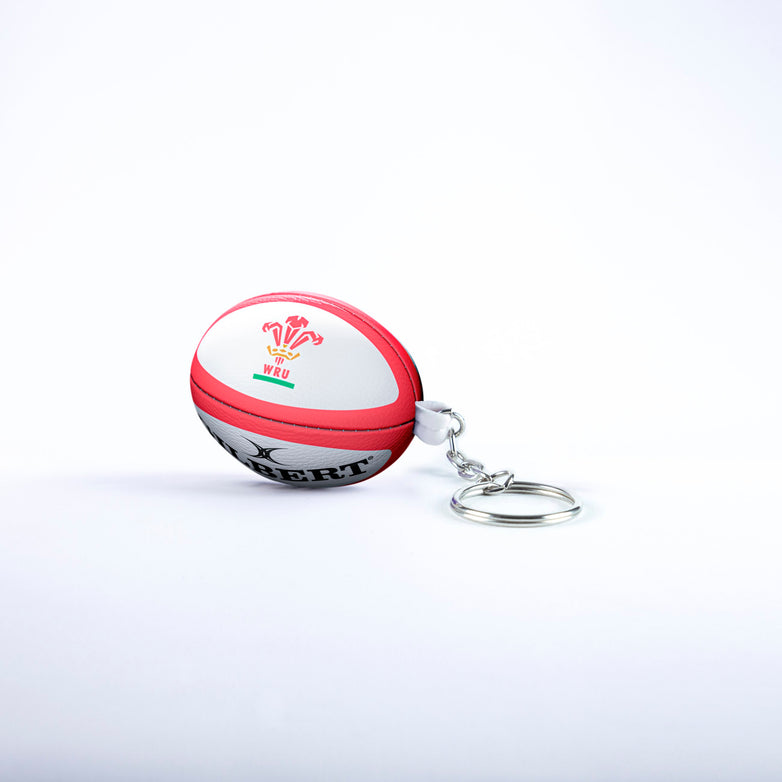The ‘Knock On Effect’ is a blog series by Gilbert that gives a unique insight into the Women’s Rugby World Cup 2025 with stories, top tips, and advice from athletes for the future generation of rugby players!
Whether you're a super fan of the sport, a curious parent, or a new player thinking of trying rugby for the first time, this guide is for you. Plus, we’ve included a simple checklist of kit essentials if you or your child is ready to give rugby a go.
What is the RWC 2025?
16 national teams will be playing in stadiums across England from August 22 to September 27 2025, culminating in the final at Twickenham Stadium in London.
The Rugby World Cup is gearing up to be a thrilling tournament and a defining moment for the sport. With record attendance, expansive media coverage, and increased accessibility, it’s opening doors for future generations.
Why does it matter?
The tournament has reached unprecedented heights already. Rugby, and not just the women’s game, will be revolutionised through the Rugby World Cup.
Poised to be the biggest Women’s Rugby World Cup ever, World Rugby have already sold more than 300,000 tickets.
The tournament is going to be held in eight venues all across the country and, for the first time in history, will be covered in its entirety by the BBC in the UK.
Girls’ rugby is now the fastest-expanding sector in the sport, and the Rugby World Cup will introduce thousands more to the game. Huge investment in infrastructure and increased participation initiatives are, therefore, well underway in preparation for the expected wave of young players following RWC 2025.
Rugby Rules!
The goal of the game: carry the ball over the opponent’s try line and touch it down to score a try.
There are 15 players on the pitch, eight forwards (usually bigger and stronger) and seven backs (typically faster and more agile).
Who can play rugby?
Each position demands different physical and mental strengths – rugby is a sport for every shape and size!
Basically, whether you’re tall, short, fast, strong, new or experienced, there’s a place for you. From grassroots to the Rugby World Cup, the game thrives on diversity.
Here are some common infringements:
· You can only pass backwards – to move forward, players must run or kick the ball.
· Kicks can go forward, but teammates must be behind the kicker (known as being ‘onside’) when it's kicked.
· Forward pass or knock-on – ball goes forward off the hands or is dropped.
· Failure to release – after a tackle, both tackler and ball-carrier must release quickly.
· Dangerous tackle – players must not tackle early, late, or dangerously (above the sternum).
Have a read of World Rugby’s Beginners’ Guide to Rugby for more information.
Getting into rugby for the first time?
Start by taking a look at our guide on how to start playing rugby as a complete beginner, and then check out our list of essential kit:
· Boots – for grip on grass.
· Mouthguard – a must for safety.
· Rugby World Cup Supporter Ball – ideal for practising at home with a vibrant official design
Starting contact rugby? Add these to your basket:
· Headguard – to protect your ears and head.
· Body Armour – a lightweight layer for players easing into contact.































































































































































































